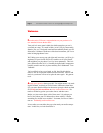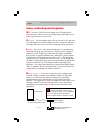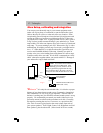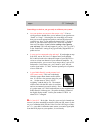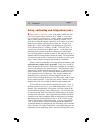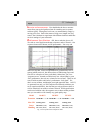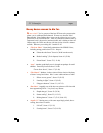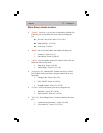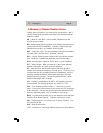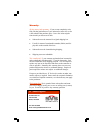
For technical assistance e-mail us at “Support@SVSubwoofers.com”
Page 4
Setup, calibrating and integration
W
hat’s to know? Well, first of all, setting up an SV Subwoofer is
pretty darn easy. There are a few key things to get right though, if you
want to get the most out of your sub…
U
npacking. You’re probably eager to fire up your sub (we’re the same
way) but take time to carefully unpack your sub. Set the box and other
coverings aside, just in case you need to return the sub for any reason.
L
ocation. They say it’s ALL about location right? It’s somewhat the
same with setting up your subwoofer too. Where to put it?
Go for a
corner
if you can
.
Studies have shown that the deepest and flattest
bass response is typically attained when a subwoofer is placed within a
few feet of one of your home theater room’s corners. The tall upright
configuration of SV Subwoofers makes this easy. Avoid putting your
sub where it might adjoin large open areas; but whether you put the sub
in front or to the rear of your seating area makes surprisingly little
difference. True, deep, home theater bass, like that from Dolby Digital
(DD) “5.1 channel” DVDs is non-directional. You can’t tell where it is
coming from, even though you can hear, and feel it.
H
ook-up (see fig. 1). There are a variety of ways to configure your
new sub. Usually, a simple mono, shielded 75 Ohm A/V RCA type
cable (a.) is used to take the subwoofer output of your DD/DTS
surround sound receiver and feed the low-level input of an audio
amplifier. You might only be using one channel of a stereo amp, or two
channels “bridged” to provide a more powerful “mono” bass signal
(depending on your amp rating). SV Subs present a nominal 4 Ohm
impedance).
DD/DTS Processor/Receiver
(Subwoofer “Out”)
Audio amplifier
(stereo or mono)
SV Subwoofer
Fig. 1
(a.)
NOTE: Stop now if you aren’t
TOTALLY familiar with your amp’s
manual! Ensure all power to your equipment
is off when making these connections.
Demos in smoke and fire you DON’T need!
!
(b.) Twin lead speaker cable




